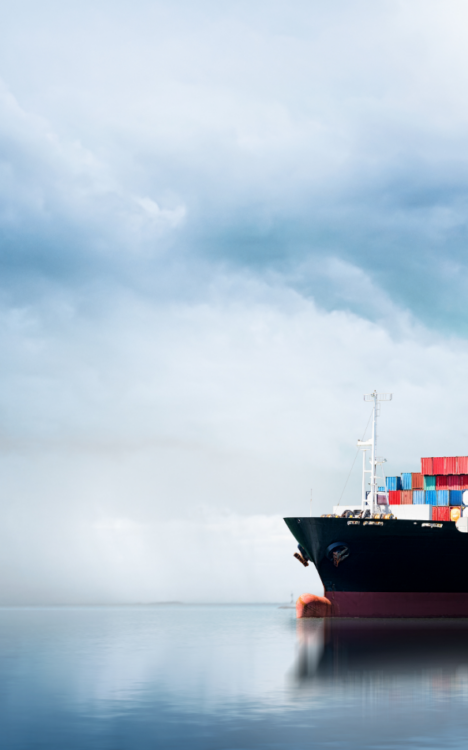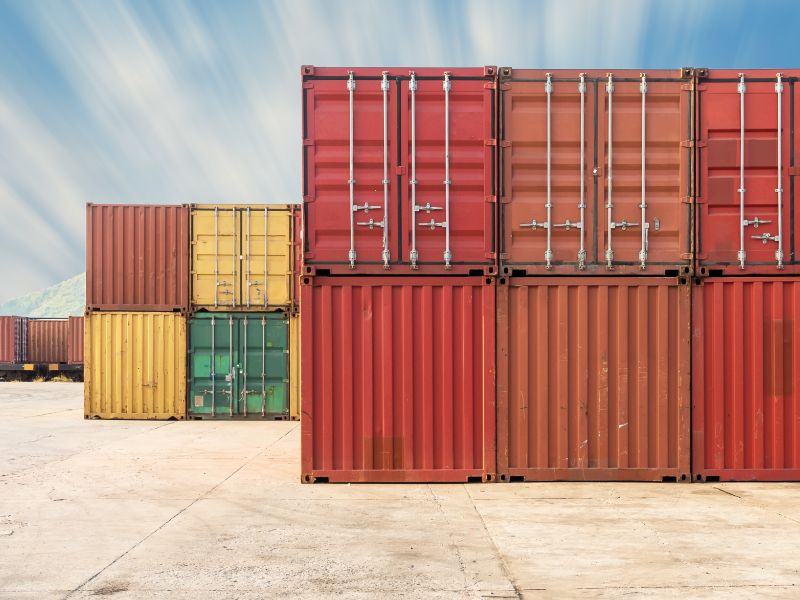How much has the coronavirus pandemic affected Olympus’ supply chains
We have had to accept significant price increases: prices for air freight went up by 55% and sea freight by 30%. But it is not as reliable as it was: we now have to wait up to two days longer for air freight and with sea freight it can be on average seven days longer.
How do you see the situation developing?
Although we hope that the situation will return to normal by the end of the year, the cycle will be difficult to break. Prices will remain high until the airlines increase their capacity, but more air traffic will only be possible once the global pandemic is reasonably under control. Generally speaking, I don’t expect passenger revenue to return to the pre-crisis level quickly. That will probably not happen until 2024 and we may see a slow reduction in freight prices until then.
And reliability?
Problems here are also caused by a lack of capacity, plus the imbalances between Asia and the rest of the world caused by the pandemic. As a result, I don’t expect reliable delivery deadlines to be restored until near the end of the year either.
Has the pandemic affected your logistics strategy?
Short lead times were and are still important to us, as they reduce the amount of capital that is tied up. Every extra day makes a huge difference with our high-quality products. Before coronavirus, however, freight methods and routes were established and reliable, which meant that we didn’t really need to worry about lead times so we could focus on speed and quality in logistics. This has changed significantly. We now use a matrix that gives equal consideration to
capital costs, freight costs and lead times and that switches between air and sea freight if necessary. And that approach is here to stay. Climate change is increasingly causing extreme weather conditions and ships are being built bigger and bigger, making them more susceptible to accidents, so we have to assume that unscheduled delays will continue to increase.
Does this mean that you are changing the share of freight methods that you use?
Before the pandemic, air freight in inbound transport accounted for 75%, sea freight for 10%, and road transport for the remaining 15%. In future, we intend to expand sea freight to up to 60% for intercontinental freight, creating a “swimming inventory”, in order to save on logistics and storage costs. How long it takes us to achieve this goal depends on when the sea route situation stabilizes again. Adherence to delivery deadlines is even more important than short lead times and this unfortunately cannot currently be guaranteed on sea routes.
We’ve trialed rail traffic via the New Silk Road as well as hybrid models such a combination of air and sea, but these options are not suitable for our products. The devices that we produce are very sensitive, so every time the goods are transferred, the risk of damage increases. Minimizing this risk is our top priority, so our tenders include stringent requirements and we have a demanding onboarding procedure for new service providers.
Could local-for-local production and nearshoring be suitable solutions?
I think that would be difficult because our plants are highly specialized and all locations ultimately need to have the same skills for local-for-local and nearshoring to be effective. That doesn’t really work.
How do you want logistics to evolve at Olympus in the next few years?
This is included in our End2End Supply Chain strategy and has two strands: first, continuing digitalization and second, focusing on intensifying the vertical integration of suppliers. Here in Europe, for example, we no longer manage 100% of our transport operations ourselves as we have handed these activities over to our warehousing service provider as part of a 4PL soluti on. The fact that we just have an interface to the service provider simplifies things significantly for us.
We want to use digitalization to make everything as transparent as possible, so that we have an overview of risks and always know exactly where our products are. That means we can provide our customers with the information they need whenever they need it. This has been underpinned by creating the corresponding interfaces so that customers are also integrated into the supply chain. The long-term goal is to have live tracking throughout the supply chain from raw materials to customer delivery, including incorporating our rental devices and repair services. We want to use this to make the service and repair processes as efficient as possible as well, minimizing downtimes. We are currently at the brainstorming stage: what the design for a control tower should look like and which dashboards are most suitable for managing the flow of goods and information. We are planning a gradual implementation over the next two years.






